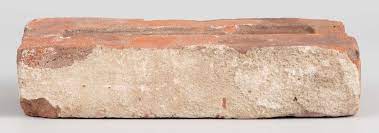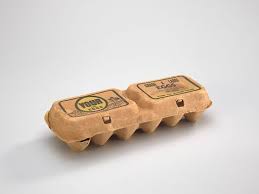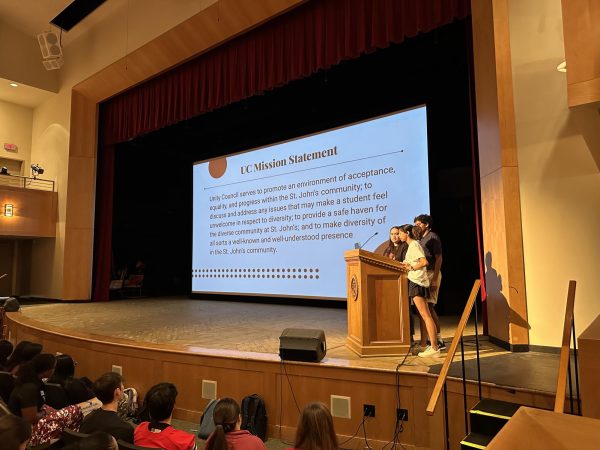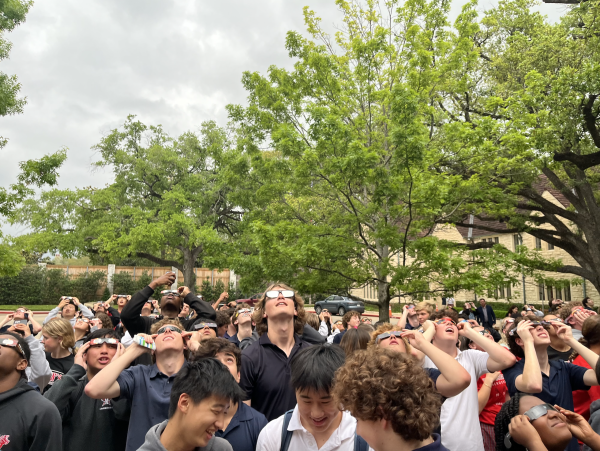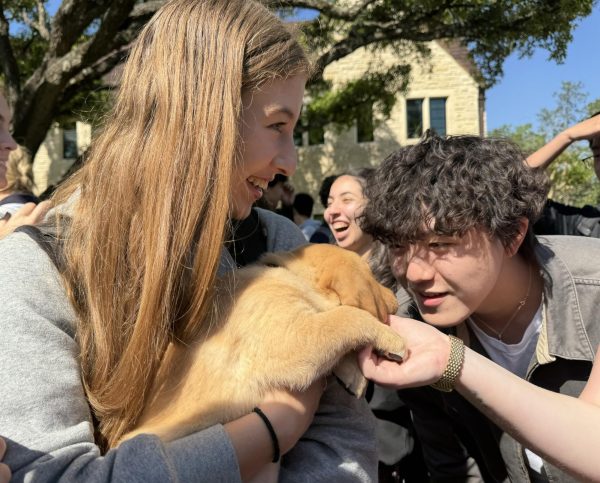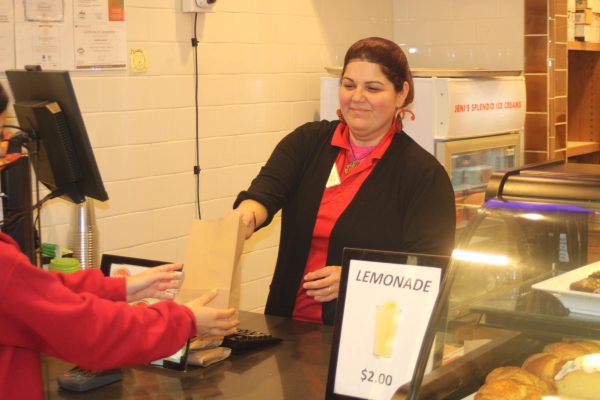Field Day integrates entire school, features new changes
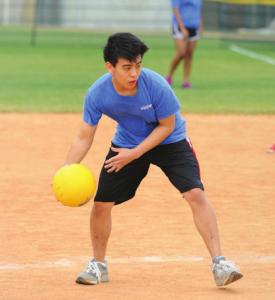
Junior Joe Kang competes for Hoodwink in last year’s Field Day, which incorporated both Upper and Middle School.
March 13, 2014
This year’s Field Day will feature a house-against-house system and incorporate Lower, Middle and Upper Schools, a change from previous years. Competition between houses will be kept among those of the same grade range, as Lower School students are participating the first time.
“This addresses the problem of high schoolers feeling that they couldn’t get as competitive as desired, but, at the same time, there will be a unity among the houses that Field Day hasn’t seen,” Prefect Daniel Jellins said.
Before the house system was introduced in 2011, students were randomly designated to Field Day teams, and each had a different color. Even after the establishment of the house system, each house was split into additional groups. Field Day combined Middle School with Upper School last year, allowing students from 6th to 12th grade to compete against one another.
“Since the younger ones were new at this, it wasn’t fair for them to be going up against high schoolers,” seventh grader Raegan Jones said.
Student Affairs Council (SAC) plans to bring all of grades together in order to foster school unity.
“All-school convocation is only twice a year,” SAC sponsor Barbara Dipaolo said. “Field Day creates an opportunity to actually have fun all together and not just sit in the gym.”
This year, points are accumulated not only through game victories but also through a team cheering component.
“This way, everyone can get involved, and we can focus on our spirit,” Jellins said.
Field Day planning starts at the beginning of the year. Having to coordinate everything from game ideas to score systems to cleaning up, SAC has spent an extended amount of time planning Field Day 2014 compared to past years.
“The logistics have been monumental and incredibly time-consuming to plan this time,” Prefect Jeffrey Fastow said.
Before this year, SAC members arrived eight a.m. the day of Field Day in order to set up stations. Since Field Day now hosts over 1,000 students, this year’s set up had to begin Thursday evening.
“I helped run SAC last year, and until then I never knew how hard SAC worked to put all this together,” senior Helene Snyder said. “Developing game ideas was pretty challenging.”
There are five stations at Field Day with two games per station. Lower school students will play a less demanding game at each station than the Upper and Middle School students, for example, musical chairs will be substituted for dodgeball.
Field Day’s scheduling from nine a.m. to one p.m. on the Friday before Spring Break has made it one of the less-attended events, most notably among Upper School students.
“I think people are annoyed by the fact that they are ‘required’ to come to school on a day when there are no classes. They would much rather be sleeping or studying, which is one reason we moved the date right before spring break,” Fastow said.
Many students excuse their absence on this particular day, whether it be for illness, vacation or simply an extra day off.
“There is a stigma about field day being a somewhat forced event, and some people don’t attend to leave for their vacations early,” Jellins said. “But by doing that, you are missing out on a fun time with your friends, hurting your team by not helping them win and not showing SAC support for their great preparation efforts.”
Regardless, the chance to start off Spring Break by bonding with classmates from all grades is much-anticipated.
“During field day, you can see teachers and friends outside of the classroom environment and kids in other grades who you don’t interact with any other day,” Fastow said. “Expect good fun, good food and good music.”






